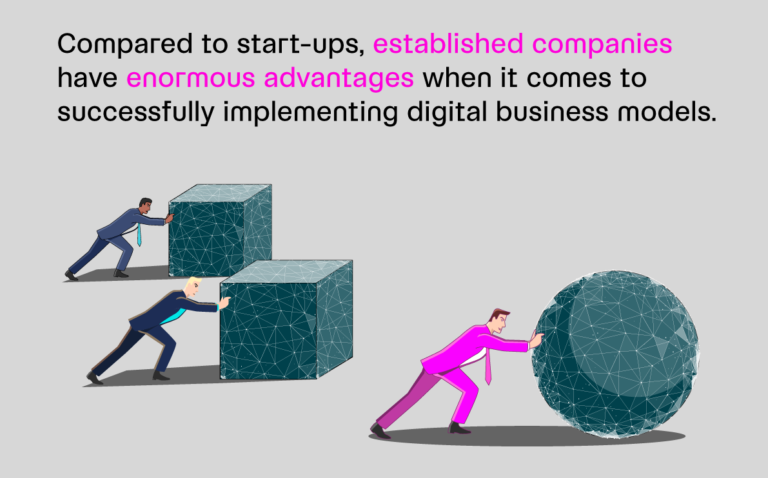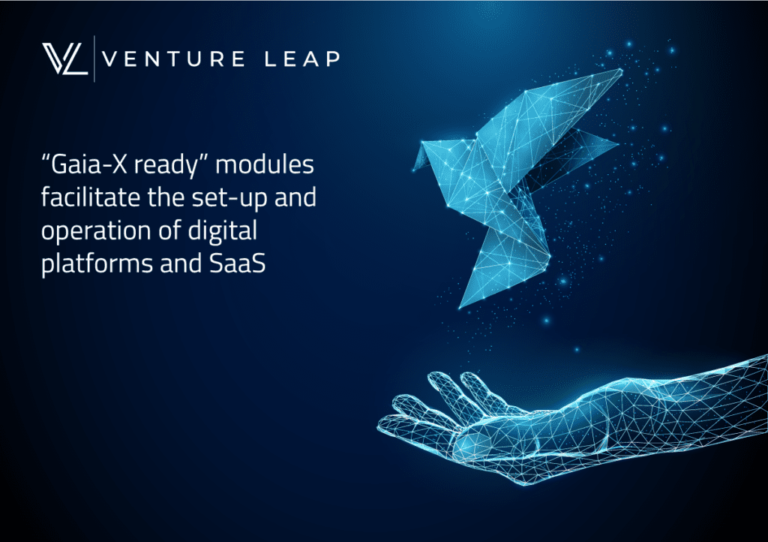How agile software development accelerates delivery and enhances end-user engagement
In the fast-changing world of business technology, there’s a greater need than ever for scalable and adaptable solutions. Agile software development refers to a set of methods for developing software solutions, such as mobile, cloud, and desktop apps, and websites.
The agile approach aims to improve the quality of a final product and deliver a minimum viable product (MVP) sooner. Put simply, organizations can achieve this over shorter development cycles, and accommodate changes more readily with continuous improvement and testing. All changes and improvements are based on end-user feedback to increase client satisfaction.
Here are some of the most important characteristics of Agile:
1. Wide choice of agile software development methodologies
Whenever you decide to develop a new digital product, the first crucial decision you need to make is the choice of what sort of development approach you’re going to use. Agile serves as a framework or a philosophy – a set of principles if you like. But there are several approaches for organising and managing your development efforts. The two most common ones are Scrum and Kanban, and both have their pros and cons.
We suggest Scrum for initial development, especially for more complex projects where you need to deliver an MVP quickly and efficiently. With Scrum, progress is constantly monitored and measured, and you have more control over costs. However, Kanban is more flexible, and tends to prioritise testing and quality control.
2. Fixed scheduling and predictable task delivery
Agile defines two key delivery units, known as sprints and releases. A release includes several sprints, with each one functioning like an independent project. It’s a way to break down large and complex projects into more manageable chunks, thus enabling greater control over costs and more predictable task delivery.
Sprints have fixed lengths and clear definitions, which allow teams to remain focussed on a few key goals instead of trying to focus on every single detail of the wider project.
3. Improved final product quality and end-user experience
Quality is an inherent aspect of agile development, and it’s the result of continuous testing and end-user feedback. By contrast, traditional development methodologies place testing much later on in the process, which can make it complicated and time-consuming to resolve issues. However, agile takes a proactive approach by testing early and often. This means teams can release an MVP sooner and with minimal bugs.
4. Greater transparency and visibility for key stakeholders
Agile depends on setting the right expectations and providing stakeholders full visibility into a project. It encourages end users and clients to take on an active role in the direction of the project by providing feedback throughout. Everyone involved in the project can stay informed through things like daily Scrum meetings, sprint reviews and progress charts. These provide concrete ways for stakeholders to review progress and provide feedback at every stage of the project.
5. Continuous testing, improvement, and adaptability
Organisations are under constant pressure to scale and adapt with rapidly evolving needs and changing environments. That’s why the traditional approach to software development doesn’t work in such contexts. After all, spending a year to develop a digital project only for it to enter the market full of glitches and outdated components is a disaster you must avoid at all costs.
Agile development minimises risk with continuous testing and progress measurement as such that defects don’t end up being deeply embedded into the software. It’s a process of continuous improvement revolving around regular testing and end-user feedback.
6. More control over budgets and schedules
Every agile sprint has a fixed duration, and the limited amount of work defined in each sprint makes it easier to perform within a given deadline. This way, it’s also much easier to provide accurate cost and scheduling estimates to clients and, in doing so, set realistic expectations and greatly reduce the chance of costly misunderstandings.
Final words
Agile certainly isn’t the only approach to software development, but it’s almost always the best choice for businesses needing to roll out a new app or online service quickly. With continuous testing, planning, and improvement, it enables them to adapt seamlessly to the constant pace of change and innovate quickly. In the end, this greatly increases the likelihood of delivering a successful product that your end users will love.
At Venture Leap, we help entrepreneurial teams build and launch their digital products. Get in touch or book a free session below if you want to know how can take your idea to the next step and develop a minimum viable product that works.

Dr. Daniel Werner –
Co-Founder Venture Leap
Let’s talk about your project!
At Venture Leap, we help entrepreneurs realize their vision – Let’s chat about how you can go from an idea to a marketable MVP in 3 months!




